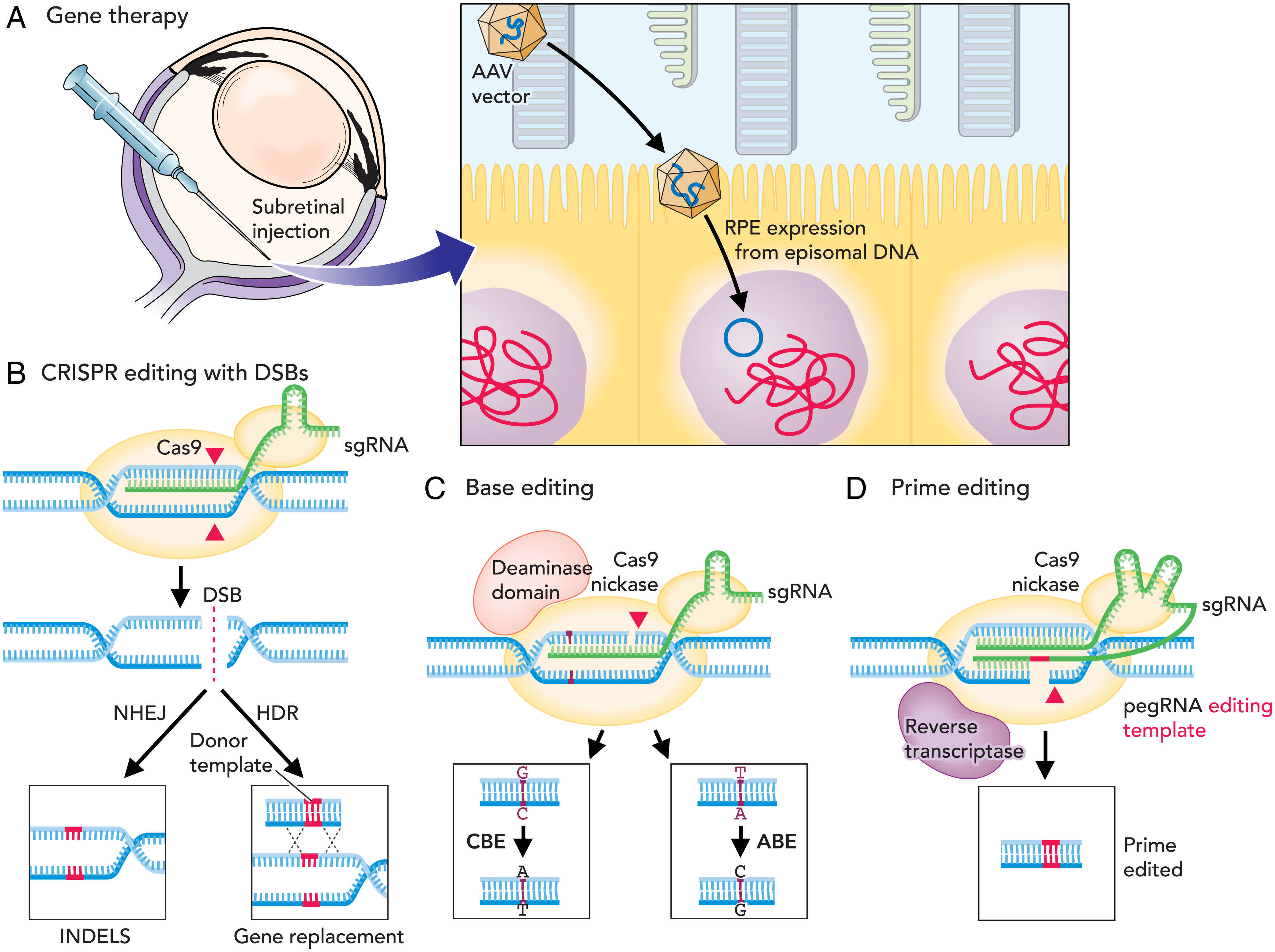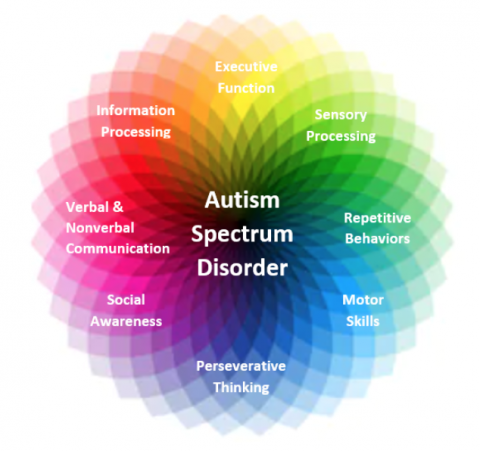Revolutionizing Gene Therapy: A New CRISPR Modification For Precise Gene Repair

Table of Contents
Understanding the Limitations of Traditional CRISPR-Cas9
Traditional CRISPR-Cas9, while a groundbreaking gene editing tool, isn't without its drawbacks. Its limitations hinder its widespread application in gene therapy.
Off-target effects
One major concern is the potential for off-target effects – unintended edits at locations in the genome other than the intended target site. These off-target edits can have unpredictable and potentially harmful consequences, including:
- Insertions or deletions: The addition or removal of DNA sequences at unintended locations, disrupting gene function.
- Chromosomal rearrangements: Large-scale changes to chromosome structure, potentially leading to severe genetic disorders.
- Unforeseen cellular responses: Activation or silencing of genes that were not intended to be modified, triggering adverse health effects.
This inherent risk necessitates the development of more specific and precise gene editing tools.
Delivery Challenges
Delivering the CRISPR-Cas9 system to the desired cells or tissues in the body poses another significant hurdle. Current delivery methods, such as:
- Viral vectors: Modified viruses used to carry the CRISPR components into cells, can trigger immune responses and have limitations in targeting specific tissues.
- Nanoparticles: Tiny particles designed to encapsulate and deliver CRISPR components, can face challenges in efficient cellular uptake and targeted delivery.
Present delivery methods often lack the efficiency and specificity required for effective gene therapy. Improved delivery mechanisms are crucial for maximizing therapeutic outcomes.
Current Applications and their limitations
CRISPR-Cas9 has shown promise in various applications, including:
- Treatment of inherited blood disorders: Some success has been observed in treating conditions like beta-thalassemia and sickle cell anemia. However, challenges related to off-target effects and efficient delivery remain.
- Cancer immunotherapy: CRISPR has been used to modify immune cells to enhance their ability to fight cancer. Yet, optimizing delivery and minimizing off-target effects are crucial for wider applicability.
These examples highlight the need for a more refined CRISPR approach to overcome existing limitations and broaden the therapeutic potential.
Introducing the Novel CRISPR Modification
This limitation necessitates the exploration of improved CRISPR methodologies. Recent research has led to the development of a novel CRISPR modification that significantly enhances precision and efficiency in gene repair.
Mechanism of Action
This new modification utilizes base editing, a technology that allows for precise single-base changes in the DNA sequence without causing double-stranded DNA breaks, the hallmark of traditional CRISPR-Cas9. This reduces the likelihood of off-target effects and improves the overall safety profile.
Enhanced Precision and Specificity
Base editing significantly improves targeting accuracy. Studies have shown a substantial reduction in off-target edits compared to traditional CRISPR-Cas9. This increased precision is attributed to the targeted nature of the base editing enzyme, which only modifies a single nucleotide at the intended location. The improved accuracy makes it a superior tool for therapeutic gene editing.
Improved Delivery Methods
Furthermore, advancements in delivery methods are being developed alongside the new CRISPR modification. This includes the exploration of novel nanoparticle formulations that exhibit improved cellular uptake and targeted delivery to specific tissues. These advancements increase efficiency and reduce the toxicity associated with delivery systems.
Potential Applications and Future Directions of this CRISPR Modification
This enhanced precision holds immense potential for revolutionizing the treatment of numerous genetic diseases.
Expanding Therapeutic Horizons
The improved specificity and efficiency of this novel CRISPR modification opens exciting therapeutic avenues for a broad spectrum of genetic diseases, including:
- Cystic fibrosis: Correcting the faulty CFTR gene could potentially cure this debilitating disease.
- Sickle cell anemia: Precise gene editing could restore normal hemoglobin production, alleviating symptoms.
- Huntington's disease: While challenging, the technology offers hope for modulating the expression of the mutated Huntingtin gene.
The precision offered by this modification allows for targeted interventions, maximizing therapeutic benefits while minimizing adverse effects.
Ongoing Research and Clinical Trials
Several research groups are actively investigating this CRISPR modification, and early clinical trials are underway. The results of these studies will be pivotal in determining the clinical efficacy and safety profile of this new technology. [Insert links to relevant research papers and clinical trial information here, if available]. The potential impact of these studies is substantial, potentially leading to groundbreaking therapies for a wide range of currently incurable genetic disorders.
Ethical Considerations
The development of advanced gene-editing technologies necessitates a careful consideration of ethical implications. Responsible research practices, stringent regulatory oversight, and open public discourse are essential to ensure the ethical and responsible use of this powerful tool. Discussions regarding germline editing and equitable access to these potentially life-saving therapies must also be proactively addressed.
Conclusion
The novel CRISPR modification discussed in this article represents a significant leap forward in the field of gene therapy. Its enhanced precision, reduced off-target effects, and improved delivery methods offer a promising path towards more effective and safer gene editing. This technology has the potential to transform the treatment of genetic diseases, offering hope for patients suffering from previously incurable conditions. Learn more about the advancements in CRISPR gene editing and explore the future of precise gene repair with this groundbreaking technology. Discover how this CRISPR modification is transforming gene therapy and contributing to a healthier future.

Featured Posts
-
 Annulation A69 L Etat Depose Un Recours Pour Reprendre Les Travaux
May 30, 2025
Annulation A69 L Etat Depose Un Recours Pour Reprendre Les Travaux
May 30, 2025 -
 Real Madrid To Bid 90m For Manchester United Player Transfer Report
May 30, 2025
Real Madrid To Bid 90m For Manchester United Player Transfer Report
May 30, 2025 -
 Golacos E Emocao Manchester United E Arsenal Ficam No Empate
May 30, 2025
Golacos E Emocao Manchester United E Arsenal Ficam No Empate
May 30, 2025 -
 Live Now Pay Later A Comparison Of Top Providers
May 30, 2025
Live Now Pay Later A Comparison Of Top Providers
May 30, 2025 -
 Adult Autism Diagnosis Understanding The Process And Positive Impacts
May 30, 2025
Adult Autism Diagnosis Understanding The Process And Positive Impacts
May 30, 2025
